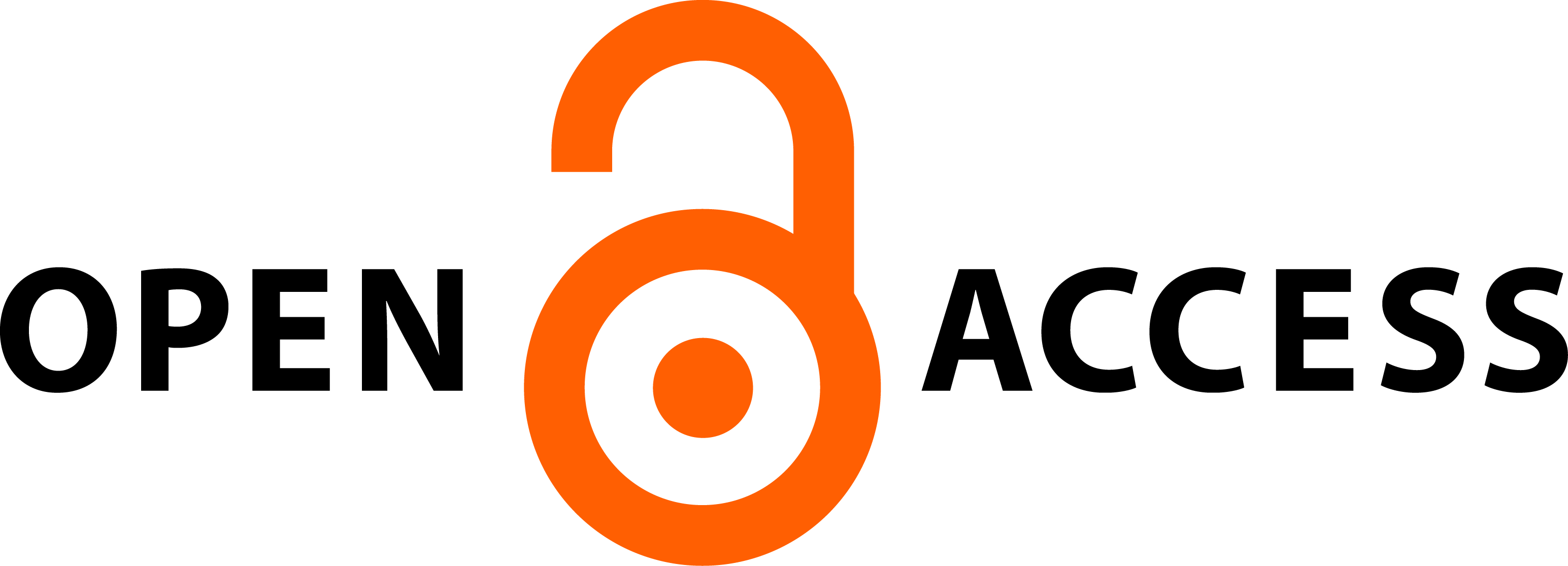A MAGYARORSZÁGI ROMANI SZÓTÁRAKBAN HASZNÁLT ÍRÁSRENDSZEREK VARIABILITÁSA 1797 ÉS 1935 KÖZÖTT
Absztrakt
A tanulmány amellett érvel, hogy negyvennyolc magyarországi romani szótár elemzése alapján a művek korszakolhatók, az első szakasz (1797–1935) pedig ortográfiai szempontból is fontos, mivel ebben az időszakban spontán írásrendszereket találunk, amelyeket aztán tudományos vagy oktatási célokra már nem alkalmaztak. A betűválasztás elemzésekor fény derül arra, hogy nemcsak az egyéni intuíció és kölcsönös másolás, hanem a magyar helyesíráshoz való illeszkedési szándék és a romani nyelv sajátos hangjainak írásbeli ábrázolása motiválta, ami jelentős variabilitást eredményezett. Emellett megfigyelhető az inkonzisztencia a hangjelölésben, különösen a magánhangzók hosszúságában, az aspirált hangok és a veláris frikatíva esetében. Az általános inkonzisztencia rámutat, hogy a forrásanyag akkor sem egyetlen adatközlőtől származik, ha a szerző így jelölte, valamint arra, hogy a szótárak alapos feldolgozásához szükséges a terepmunkán alapuló tudás, hogy megkülönböztethető legyen a tévedés és a dialektális variáció.
Hivatkozások
Baló András Márton – Bodnárová, Zuzana. 2023. A nyelvtani nemek rendszerének hirtelen összeomlása egy XIX. századi magyarországi romani változatban. In Nyelvelmélet és diakrónia 5., szerk. Cser András – Nemesi Attila László. 273–306. Budapest: Pázmány Péter Katolikus Egyetem, Bölcsészet- és Társadalomtudományi Kar.
Bari Károly. 2013. Régi cigány szótárak és folklór szövegek I–III. Budapest: Hagyományok háza.
Choli Daróczi József – Feyér Levente. 1984. Romano–ungriko cino alavari. Ungriko–romano cino alavari. Cigány–magyar kisszótár. Magyar–cigány kisszótár. Buda- pest: Tudományos Ismeretterjesztő Társulat Országos Cigány Ismeretterjesztő Munka- bizottsága.
Courthiade, Marcel. 2009. Morri angluni rromane ćhibǎqi evroputni lavustik. Budapest: Fővárosi Önkormányzati Cigány Szociális és Művelődési Módszertani Központ – Romano Kher.
Csenki Imre – Csenki Sándor. 1943. Népdalgyűjtés a magyarországi cigányok között. In Emlékkönyv Kodály Zoltán hatvanadik születésnapjára, szerk. Gunda Béla. 343–362. Budapest: Magyar Néprajzi Társaság.
Csenki Sándor. 1934–1935. Kis czigány–magyar szótár (kéziratban).
Fejes László. 2014. Mikor tűnt el a cz? Nyelv és Tudomány, október 2. https://www. nyest.hu/hirek/mikor-tunt-el-a-cz (2024. márc. 10.)
Győrffy Endre. 1885/2011. Magyar és czigány szótár: Czigányul mondva vakeriben. Paks: Rosenbaum Ignácz.
Habsburg-Lotaringiai József Főherczeg. 1888/2015. Czigány nyelvtan: Románo csibákero sziklaribe. Budapest: Magyar Tudományos Akadémia.
Horváth Rudolf. 191?. Magyar czigány szótár (kéziratban).
Husić, Geoff. 2019. Romani Language Dictionaries (1755–2019): An Annotated Critical Bibliography. Lawrence, Kansas: University of Kansas Libraries.
Hutterer Miklós – Mészáros György. 1967. A lovári cigány dialektus leíró nyelvtana: Hangtan, szóképzés, alaktan, szótár. Magyar Nyelvtudományi Társaság kiadványai 117. Budapest: Magyar Nyelvtudományi Társaság.
Landauer Attila szerk. 2016. A Kárpát-medencei cigányság és a keresztyén egyházak kapcsolatának forrásai (1567–1953). Budapest: Károli Gáspár Református Egyetem – L’Harmattan Kiadó.
Lush, Harold S. 2017. Dictionnaire romani trilingue: anglais–français–romani. English– French–Romani. Englisicka–françaisicka–romani alavari. Paris: L’Harmattan.
Miklosich, Franz. 1872. Über die Mundarten und die Wanderungen der Zigeuner Europa’s, Bd. II. Wien.
RomLex. 2000–2009. Romani Lexicon Project. http://romani.uni-graz.at/romlex Rosenberg, Mátyás. 2023. Řomane alavara ando Ungro kathar 1797 ži kaj 2023. In 11.
Romológus konferencia. Tanulmánykötet. (Gypsy Studies – Cigány tanulmányok 48), szerk. Rosenberg Mátyás. 23–47. Pécs: Pécsi Tudományegyetem, Bölcsészettudományi Kar Neveléstudományi Intézet, Romológia és Nevelésszociológia Tanszék – Romológiai Kutatóközpont.
Szmodics János. 1826–1827a. Szótár magyarból czigán (kéziratban). Szmodics János. 1826–1827b. Szótár czigánból magyar (kéziratban). Sztanykowszky Tibor. 1920–1930. Magyar–cigány szótár (kéziratban).
Sztojka (Nagyidai) Ferenc. 1886. Ő császári és magyar királyi fensége József főherceg magyar és czigány nyelv gyök-szótára. Románé álává. Iskolai és utazási használatra. Kalocsa: Malatin Nyomda.
T = Turner, Ralph Lilley. 1969–1985. A Comparative Dictionary of the Indo-Aryan Languages. London: Oxford University Press.
Vágh Mária. 1983. A romológia magyar nyelvű irodalmának válogatott bibliográfiája. In Szegő László szerk., Cigányok: Honnét jöttek? – Merre tartanak? 337–382. Budapest: Kozmosz.
Vekerdi József. 1974. A cigány népmese. Budapest: Akadémiai Kiadó.
Vekerdi József. 2000. A magyarországi cigány nyelvjárások szótára: A comparative dictionary of Gypsy dialects in Hungary. Second revised edition with the assistance of Zsuzsa Várnai. Budapest: Terebess.
Vistai Farkas Mihály. 1797–1798. Cigány–magyar szótár (kéziratban).
Von Schwartner, Martin. 1809. Statistik des Königreichs Ungern, Erster Teil. Ofen: Königl Univ.
Von Wlislocki, Heinrich W. Friedrich. 1884. Die Sprache der transsilvanischen Zigeuner: Grammatik, Wörterbuch. Leipzig: Wilhelm Friedrich.








